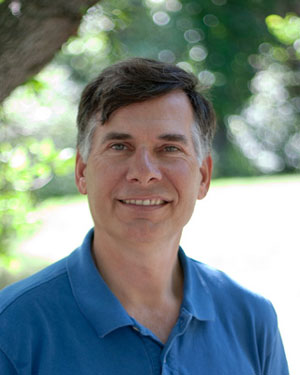According to the World Health Organization, about half the world’s population—3.3 billion people—are at risk of malaria. Of the more than 200 million cases in 2010, about 660,000 people died, mostly children under five years old in Africa.
University of Saskatchewan (U of S) and National Research Council (NRC) researchers are part of an international team of government, academic and industry scientists that has developed a new way to produce the key antimalarial drug artemisinin faster and more cheaply using baker’s yeast.
Artemisinin, sourced from the wormwood plant has been used for centuries in treating malaria, but its availability, cost and quality have been unpredictable. The research team, which includes nearly 50 members from the U.S. and Canada, is led by Amyris scientist Chris Paddon. Its work, published in the April 11 edition of Nature, describes their efficient way of producing artemisinic acid, a chemical precursor to artemisinin, using genetically engineered yeast.
Paddon explained Amyris donated the rights to its technology to be freely used for combating malaria. Pharmaceutical company Sanofi was chosen to manufacture the drug, and expects to produce enough for 70 million treatments this year, which scientists estimate could address one-quarter of the world’s needs.
The U of S team members—Patrick Covello (pictured here), adjunct professor with the U of S Department of Biochemistry and senior research officer with the National Research Council of Canada (NRC) in Saskatoon, technician Michael Hepp, graduate student Devin Polichuk and NRC scientist Darwin Reed—contributed on the plant genetics and biochemistry side of the project, isolating two genes from sweet wormwood (Artemisia annua) that are involved in the production of artemisinin.
The genes, together with one discovered by California-based company Amyris, were then inserted into a highly engineered yeast strain. This research means antimalarial treatments will be more readily available, and at a lower cost, potentially saving many lives. “It’s a great privilege to contribute on a project of this scale that takes us right from discovery to an application that can help people suffering from a life-threatening disease,” says Covello.